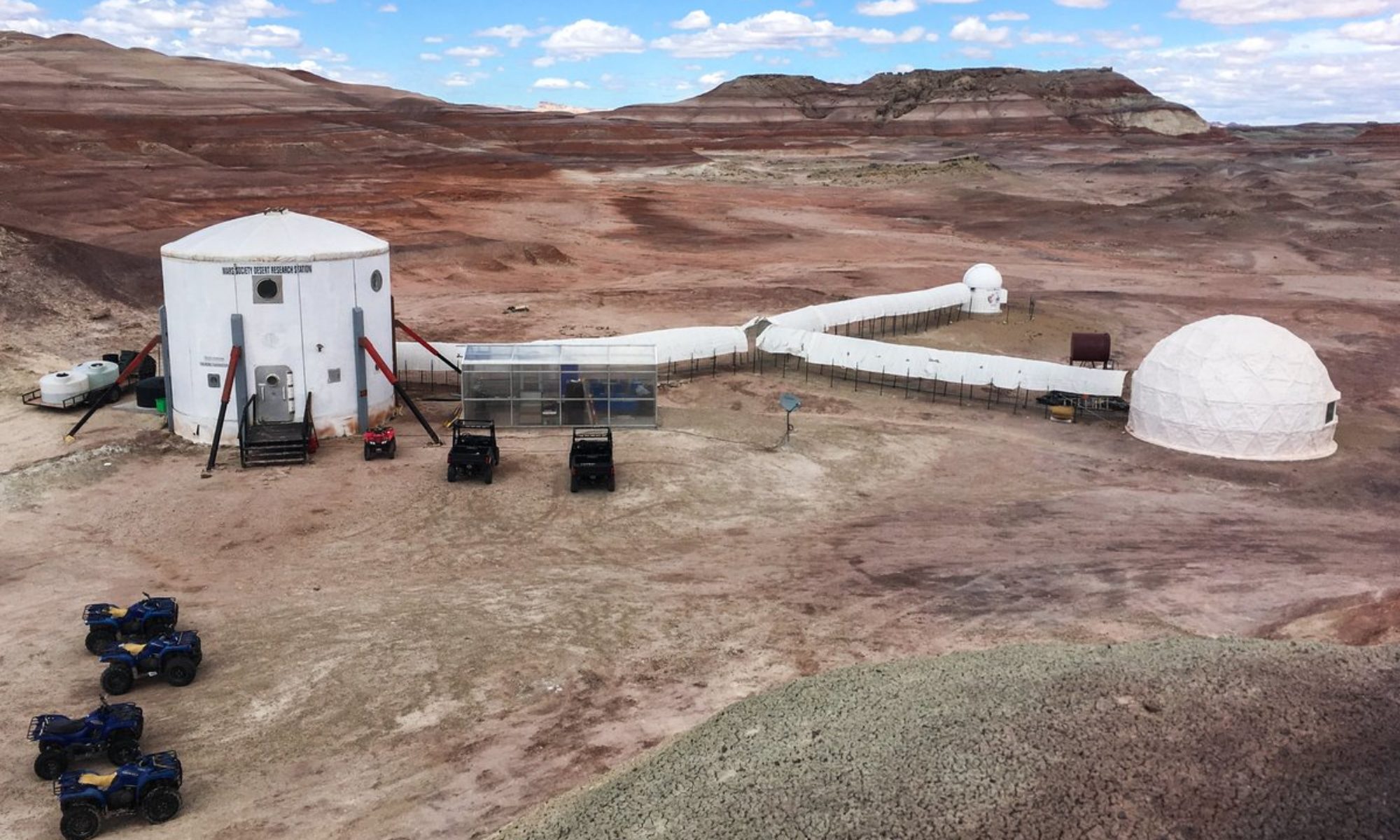Crew 188 Sol 7 Green Hab Report 05FEB2018
Zac Trolley (Engineer), Guest writing for Julia De Marines (Crew Astronomer/GreenHab Officer)
05 February 2018
Environmental control: Heating
Ambient with door opening: Shade cloth on
Working hours in Green Hab: 11:00 – 11:30, 18:00 – 19:00
Outside temp at working hour: 17ºC
Inside temp at working hour: 25ºC
Inside temp H: 35ºC
Inside temp L: 14ºC
Inside humidity: 27 %
Inside humidity H: 79%
Inside humidity L: 18%
Hours of supplemental light: 05:00 – 9:59
Changes to the crops: The plants are following a predictable pattern of requiring sun and water, and producing green leaves. As the plants increase in size, we have been harvesting various parts of them to eat in our kitchen. On this 8th Sol, we dined on lettuce leaves and tasty herbs.
Daily water usage for crops: 48 litres
Time(s) of watering plants: 11:00 – 11:30 (16 litres), 18:00 – 19:00 (32 litres)
Changes to research plants: During an intensive research investigation it was discovered that one of the pillows in the VEGGIE OASYS experiment isn’t as wet as is desired. Further investigation is required in order to find the route cause of this discrepancy. The Executive Officer is working with the NASA PI in order to properly moisten the pillow.
Narrative: In order to better understand the needs and desires of the plants under our care, we have been closely monitoring their progress. We have been exploring alternative methods to increase plant yield, and have decided to ask the plants what they require to be at their maximum efficiency. To facilitate this, Zac Trolley and Sarah Jane Pell have undertaken an experimental procedure to breach the communication gap with the plants and create a dialogue with them directly. So far, our results are not promising.
Future needs and questions: We are awaiting the arrival of the tomato cages so we can replant the tall plants that require support to grow to their full potential. Please advise when they will arrive.

